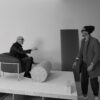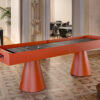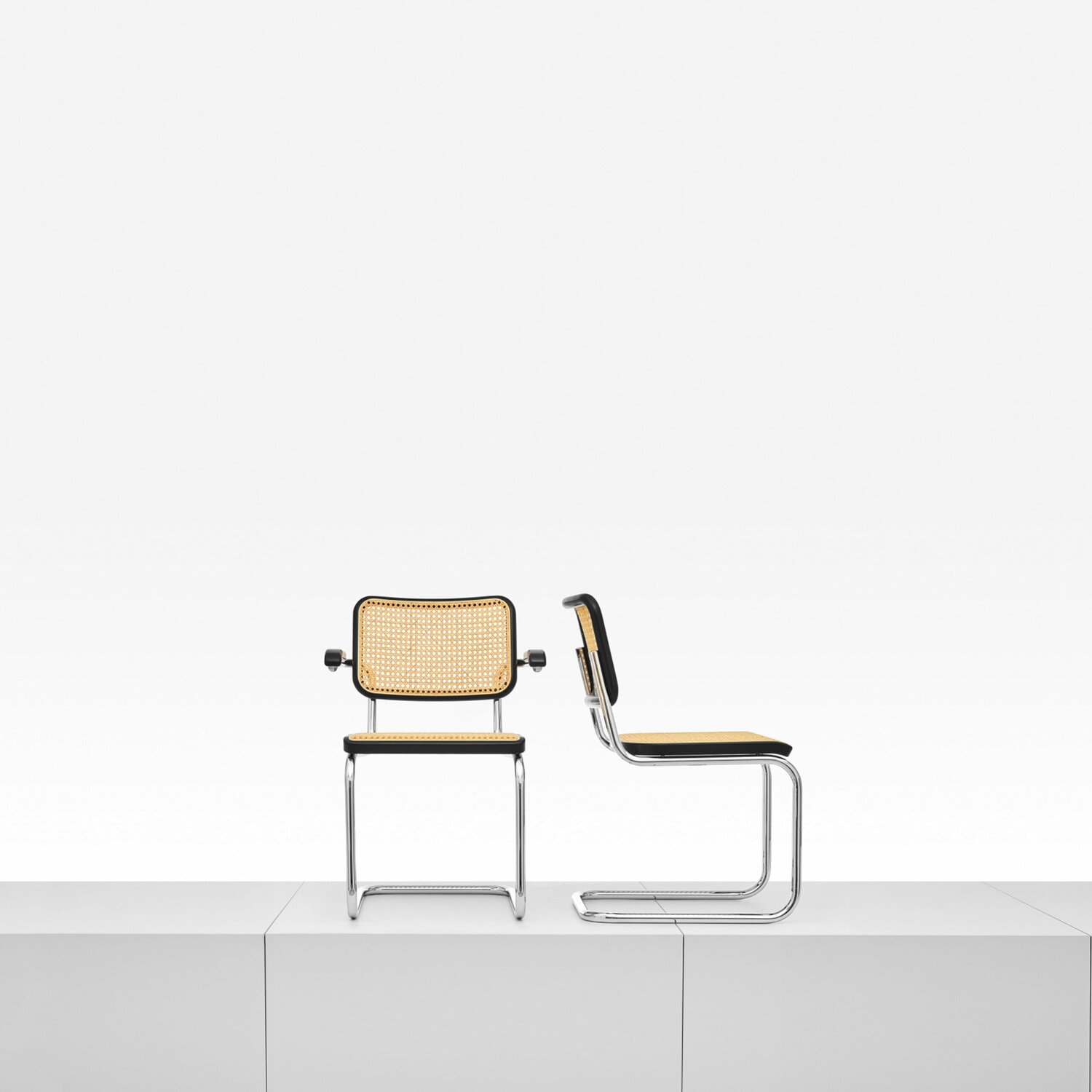Bauhaus, Text: Nina Prehofer
The most famous design school of them all, the Bauhaus, is celebrating its 100th birthday. In this centenary year, there are countless opportunities to explore the roots of modernity and celebrate its most well-known designs. One is the cantilever chair, which ‘floats’ gently on its unique curve.
[ngg src=”galleries” ids=”23″ display=”basic_slideshow”]
The Bauhaus: an idea, a school and a trailblazer. In Germany and around the world.
Functional design and modern construction shaped an era, and the vision of the master piece of art and crafts, architecture and design, and dance and theatre still inspires us today. Weimar, Dessau and Berlin were the three places in which the world-famous school of design operated and produced its creative output between 1919 and 1933. Today, the three towns are home to architectural icons, UNESCO world heritage sites and outstanding Bauhaus collections.
1926
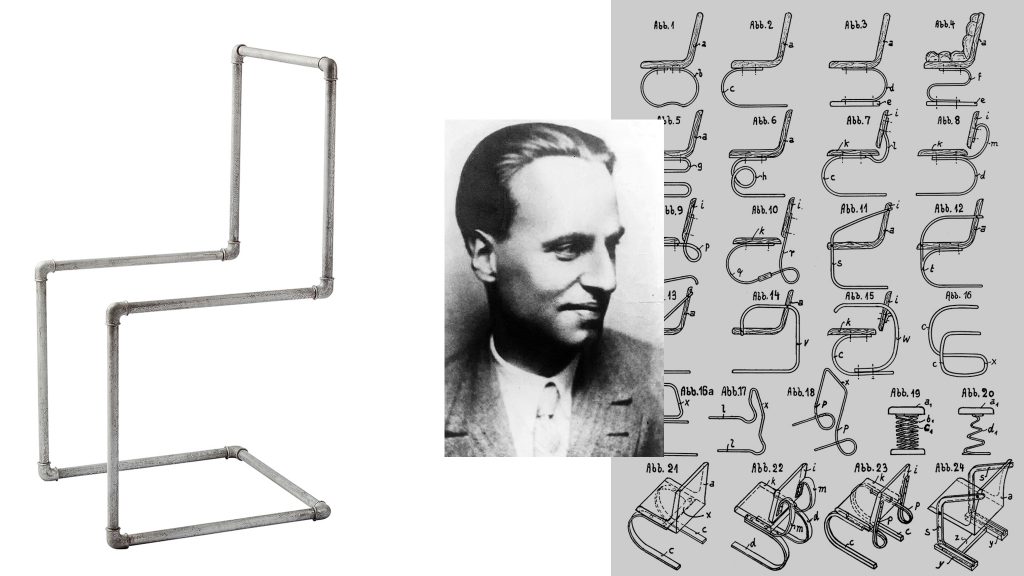
To mark the anniversary, each town is also constructing a new Bauhaus museum for the 21st century. The Bauhaus-Archiv/Museum für Gestaltung in Berlin, the Stiftung Bauhaus Dessau and the Klassik Stiftung Weimar are all staging major exhibitions in 2019, the centenary year. However, it was in Stuttgart that the first models of the ‘free-floating’ cantilever chair were first presented. Ludwig Mies van der Rohe, who was to become one of the world’s most influential architects,
learned of the experiment by his Dutch colleague Mart Stam. In 1926, Stam presented his pioneering design of a chair without back legs based on two cubes. Stam’s prototype was made of gas pipes and therefore rigid. The bends had to be created by inserting elbow joints. Mies van der Rohe used steel pipe and cold bending instead to retain the elastic properties of the material. He replaced the cubes with sweeping curves and made the chair bounce.
1931
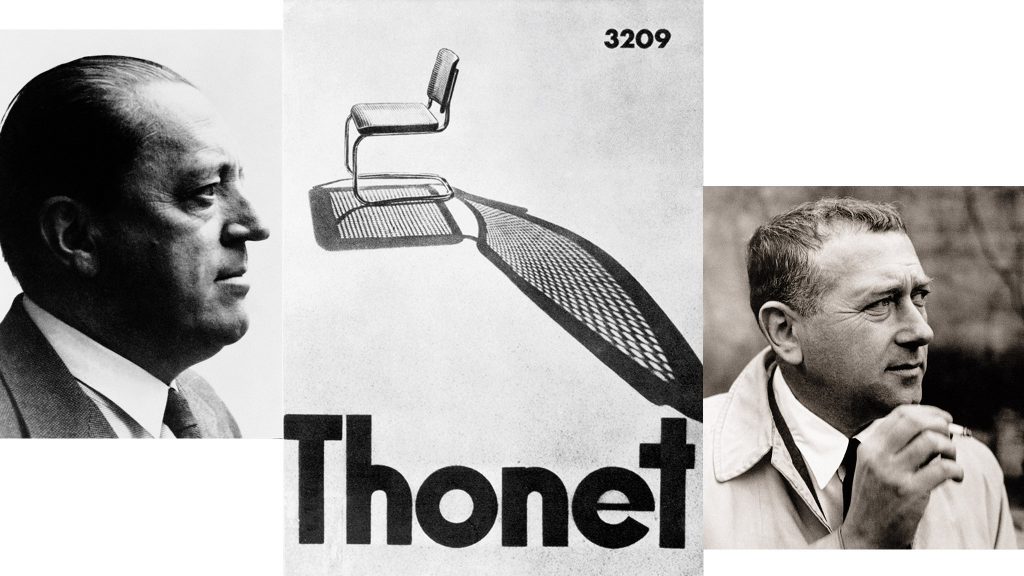
The ‘freefloating’ cantilever chair
Between 1926 and 1931, there were to be many different versions of the ‘freefloating’ cantilever chair, all impressive in their simplicity and elegance. Mart Stam developed his original design further, and Marcel Breuer’s S 35 combined all the functions of a steel tube cantilever chair in one continuous line that also included the arms. Breuer’s design took the free floating concept to a new level, with the seat and armrests moving separately. The cantilever chairs were, and still are, produced by Thonet.
Reinterpretation by Studio Besau Marguerre
Now, Thonet is issuing a centenary limited edition in the design’s honour: a reinterpretation by Studio Besau Marguerre. Designers Eva Marguerre and Marcel Besau from Hamburg have developed two new models of version S 533 F with armrests. Subtly matched, sensual colours and materials bring the iconic tubular steel armchair wonderfully up to date. The two new versions of the anniversary edition – one with a frame in pearl chrome and anthracite leather, and the second in champagne chrome with leather in pale pink – combine the functionalism of the Bauhaus with a warm look and feel. “To work with such a pivotal design was an extremely exciting task. Where most of the designs from the 1920s were simple and functional, this armchair clearly bears the signature of the architect: Mies combines functionality and comfort with timeless aesthetics – and that is exactly what we wanted to recreate in the present. We thought of the versatility of the Bauhaus classic, and soon realised that the S 533 F deserved more than a simple reinterpretation That is how we came up with the idea of the pair”, says Marcel Besau. The result is two complementary versions that are also impressive on their own. From free floating to celebration.
2019
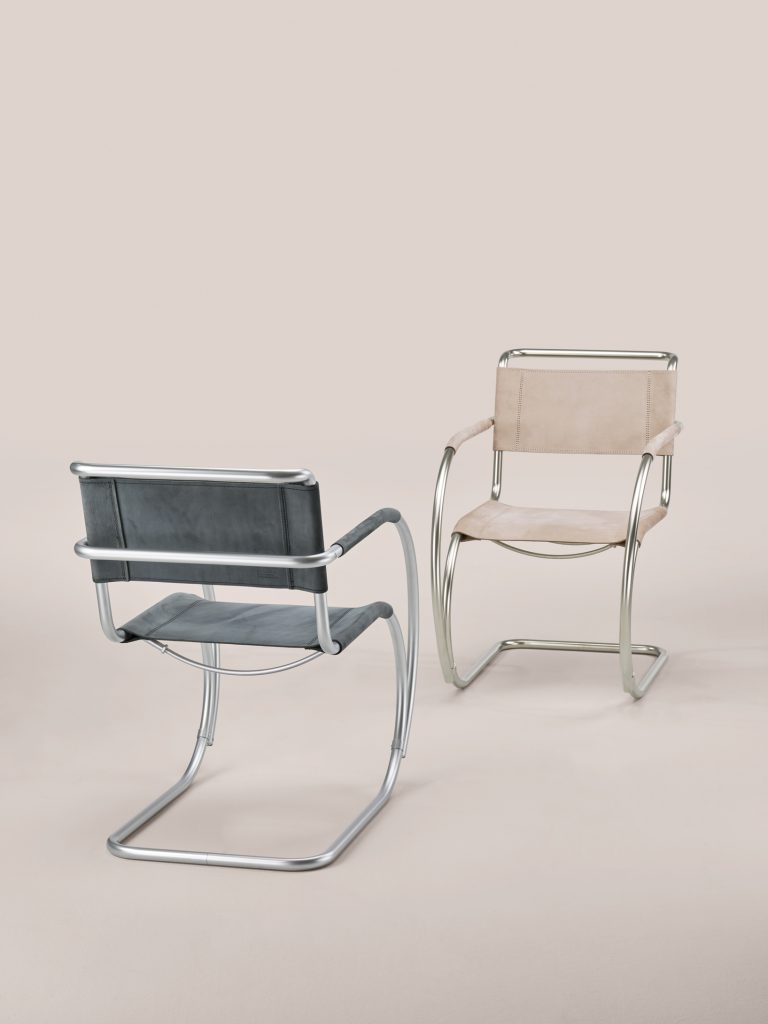
Rethink the world
“Rethink the world” is the theme for a celebration of the Bauhaus centenary at locations across the country. Visitors are invited to explore the legacy of the school of design in Germany and throughout the world, and the inspiration that it offers for both our present and future.
Klassik Stiftung Weimar
The Klassik Stiftung Weimar is opening a new museum at the site of the original Bauhaus in Weimar. From 6 April 2019, the Bauhaus Museum Weimar will not just be presenting the treasures of the world’s oldest Bauhaus collection in a new setting with modern architecture and multimedia exhibitions. The new museum building also links Weimar’s Bauhaus history to questions of how we shape – or design – our lifestyle today and tomorrow. It is an open and welcoming place; a platform for encounters and discussions in a new area shaped by Weimar modernity. The museum offers modern perspectives on the complex history of the impact of modern design, from its beginnings to the present day.
Bauhaus-Archiv/Museum für Gestaltung in the Berlinische Galerie
To mark the anniversary, the exhibition at the Bauhaus-Archiv/Museum für Gestaltung in the Berlinische Galerie is displaying famous, well-known and forgotten original Bauhaus pieces and telling the story behind the objects. “original bauhaus” presents 14 case studies on the basis of 14 objects. How did the woman sitting in the tubular steel chair become the most famous unknown figure of the Bauhaus? Does the house “Am Horn” in Weimar have a secret double? How did the tea infuser, created as an industry prototype, remain a one-off? Come and discover art and design from the Bauhaus-Archiv collection, loans from international collections, and artistic perspectives that provide a new angle on the Bauhaus legacy.
Bauhaus Museum Dessau
When the Bauhaus Museum Dessau opens in 2019, we will for the first time be able to admire the Stiftung Bauhaus Dessau collection of around 40,000 exhibits in all its diversity and quality, and learn the story it tells of the Bauhaus in Dessau. “Versuchsstätte Bauhaus. Die Sammlung” is a 1500 m2 exhibition on the Bauhaus collection, unique in Germany and the world, and tells the story of the epochmaking school in Dessau in a sequence of connected chapters. It was above all Dessau’s Hochschule für Gestaltung design school that worked on an “industrial culture of practical life” and contributed to “Bauhaus things” such as typefaces, furniture, textiles, wallpaper and architecture becoming an integral part of our everyday culture.


